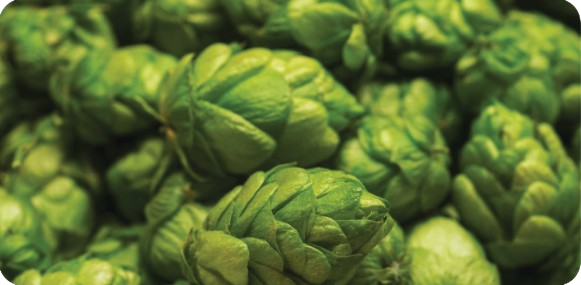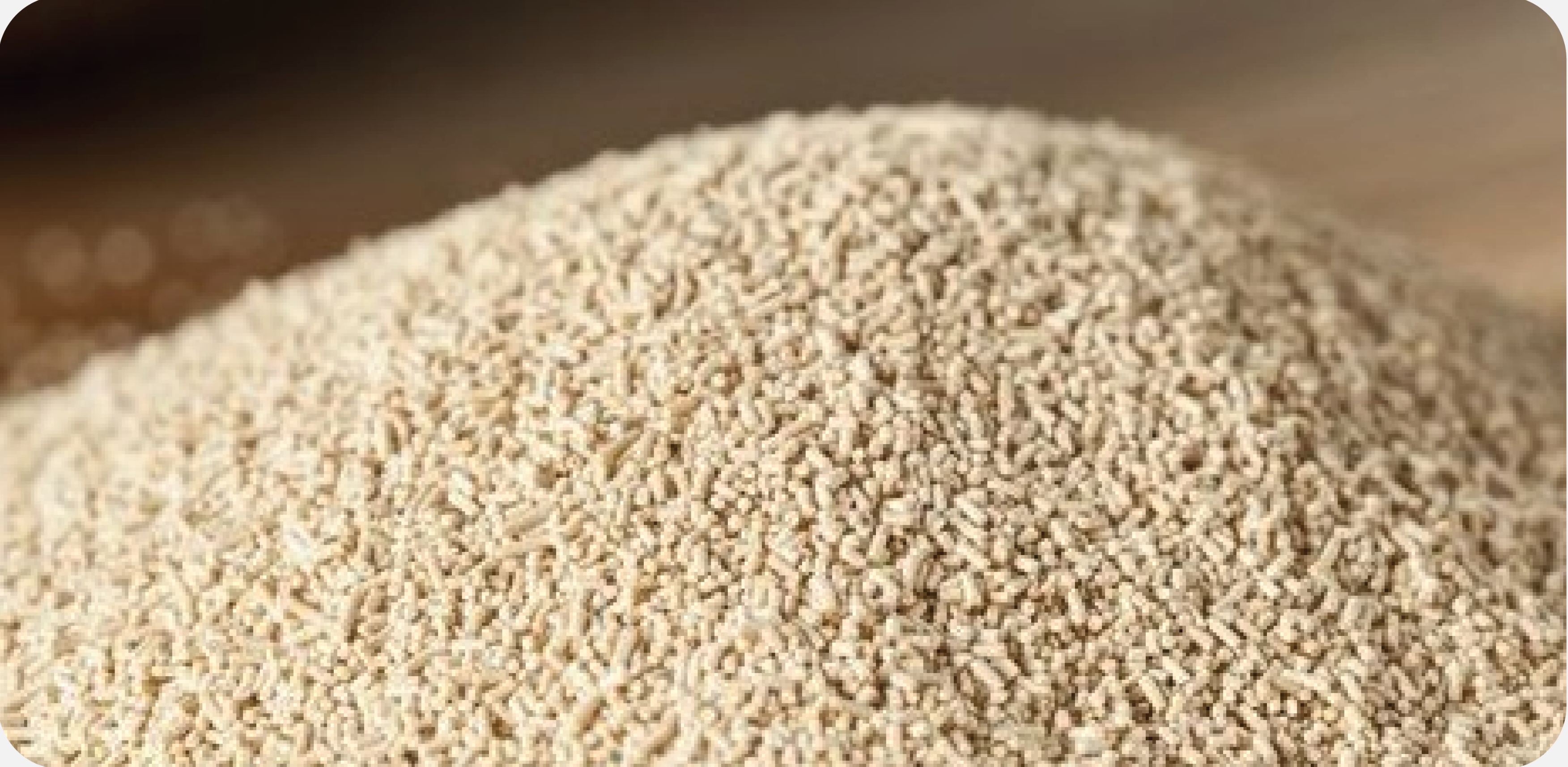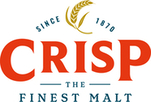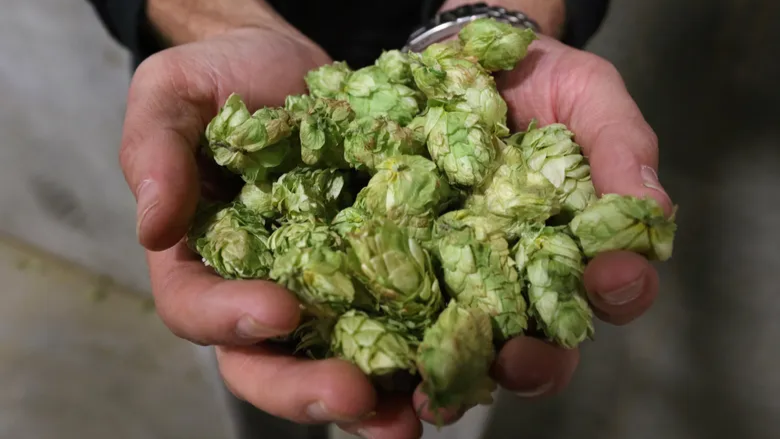HOPMALT


HMG was established in 2005, with its predecessor Company operating in the field of supplying stationeries.

In 2008, HMG expanded its product portfolio and officially became the Exclusive Agent for the BarthHaas Group in Vietnam and Indochina. BarthHaas Group is one of the leading global Manufacturers and Suppliers, specializing in the production and supply of hop-based products.

In 2010, HMG took on the role of Exclusive Agent for Crisp Malt Group – One of the top 10 largest malt Producers and Suppliers in the world, further strengthening HMG's position in the beer ingredient supply industry.

By 2012, HMG continued to expand its malt product portfolio by becoming the Exclusive Agent for Soufflet Malt Group, which is currently the largest malt Producer and Supplier in the world.

HMG is honored to be the Exclusive Agent for Castle Malting, the oldest malt Producer and Supplier in Belgium and the world.

After 19 years of operation in the market, HMG has expanded its range of origins from the West Coast to the East Coast by becoming the Exclusive Agent for Barrett Burston Malting – One of the leading malt Producers in Australia, specializing in providing high-quality malt for the brewing industry.

And finally, in November 2024, HMG has completed its product portfolio by becoming the Exclusive Agent for WHCLab – A biotechnology Company specializing in providing fermentation products and solutions for the brewing and distillation sectors.



Hello and welcome to the 2025 BarthHaas HopUpdates!
Weather conditions and Plant Development Germany
Since the last HopUpdate, summer temperatures prevailed in all German growing regions in June and...Sales Executive
Beer & Distilling Ingredients
Full-Time
Job Summary
We are seeking a motivat...Hop Acreage Germany
Variety Total acreage 2025 in ha Difference to 2024 in ha Herk...
















